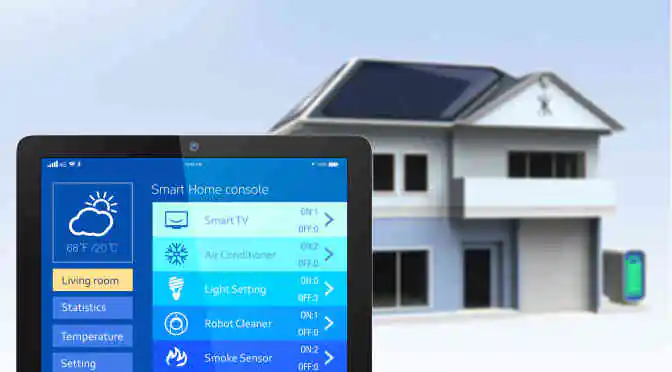Home automation is not just a fancy concept which aims at titillating tech enthusiasts and arousing awe amongst the not so tech savvy. Rather, it has emerged as perhaps one of the crucial technological innovations when it comes to elderly care and assisted living. Especially, in a scenario when most countries are facing the problem of severe “care crisis,” smart home systems have emerged as facilitators of a safe and independent living arrangement for the baby boomer generation.
This generation of baby boomers have already crossed the age of 70, and despite several appealing senior living communities, there are a good number of elderly citizens who prefer staying in their own homes. Home automation software has evolved immensely over the past few years, which has in turn changed the definition of assisted living by:
- Managing the potential risks in and around the home
- Facilitating memory recalls through audio and visual reminders
- Being a non-intrusive means of monitoring the elderly
- Providing reassurance to caretakers and relatives
- Boosting the quality of life of those with disabilities
How can home automation make life easier?
#1 Passive monitors
In Britain alone, one in twelve people is aged 80 and above. And, as many nursing homes fail to cater to the specific requirements of the elderly, it is only natural to look out for monitoring systems which help them live an easier life without any hindrance to their privacy. It is in this context that passive monitoring systems come into play. Smart homes are equipped with technologies which monitor the behavior patterns of senior citizens and notify the caretakers as and when any variation is detected. Thus, unlike the traditional spy camera, passive monitors do not intrude on one’s privacy and notifies only when something out of the ordinary takes place.
For instance, if there is a set pattern like going for a walk or someone visiting home every other day, a notification is sent out whenever the pattern is broken. This way, the family gets to know if they should make a call to check on the person or straight away reach the house to take charge of the situation. Motion sensors also do something similar and are quite useful when installed in risk areas like the staircase, bathrooms, etc. By keeping track of movements to and from these areas, the sensor trigger a notification in case of an accident or any other mishap.
#2 Centralized control systems
Another major way in which home automation makes lives easier for the older members of the family is by providing centralized control systems. These systems enable operation of lights, appliances, and garage doors through voice commands. One can also set reminders, and add features like automatically shutting off appliances if they are left on for long. As forgetfulness is a common tendency among the elderly, the centralized control system is a very useful feature to have in one’s home. In fact, now, there are apps that can be linked to these systems, making it immensely easier for elders to operate the various electrical systems in the household.
#3 Emergency monitoring
Lastly, mishaps like theft, fire, water leakage, etc. are some of the most common accidents to take place at one’s premises. Especially, with only the elderly living in the house, the family gets even more concerned about how such situations can be handled. The emergency monitoring feature in smart homes is something that can help them gain some peace of mind. It sets off an alarm directly to the local authorities as and when such a situation arises.
Bharath Kanniappan, the industry manager at Technavio, is of the view that other highly useful home automation software like water sensor, temperature sensor, zoned heating, etc. have made assisted living way simpler. All one needs to do is to take the occupant’s current capabilities and requirements into consideration, and accordingly, choose a home automation solution that meets all their express demands.



